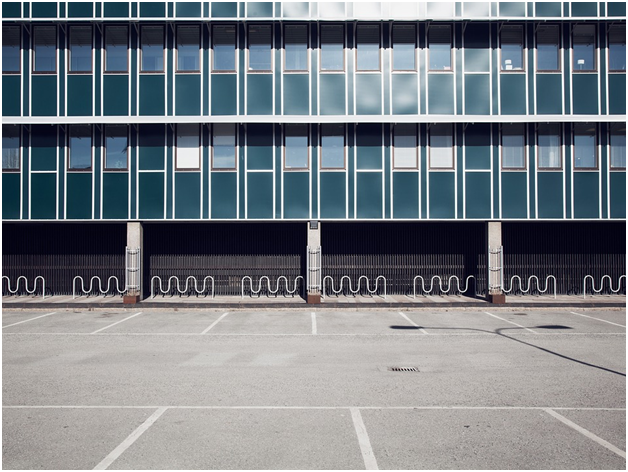Everything you need to know about energy-efficient glass technology
We look through it and we keep it clean, but beyond this we don’t usually give the glass in our windows a great deal of thought. Glass is a very old substance, dating back to around 3500BC; however, modern glass includes a good deal of technology that can help to keep your home or business at a comfortable temperature and reduce your energy costs.
Comfortable temperature
We all like to keep our homes and offices at a comfortable temperature. This involves heating in winter and possibly cooling in summer, both of which use energy. Most buildings have insulation to minimise their heating costs, but windows are still seen as a problem. For the average building, windows can account for around half its heat loss and up to 90 per cent of its heat gain.
In the past, the solution has been to use curtains, blinds or shutters to control heat passing through windows; today, the latest glass technology can make a big difference and help you to reduce your energy costs.
New glass
From around the 1990s, glass makers started to use low emission coatings on their glass. This lets visible light through but blocks infra-red light – in other words, heat – to help you to keep heat in and reduce solar gain on sunny days. If you buy uPVC windows in Dublin from a supplier such as http://www.keanewindows.ie/uPVC-windows.html, the new windows will come with a low emission coating.
Other changes in recent years include a larger gap between double-glazed panes and even the use of triple glazing; in addition, the gap is filled with an inert gas such as argon, which helps to reduce the heat transfer between then panes. As an added benefit, it can reduce noise, making the inside of your property quieter.
The new technologies are still coming, with the latest smart glass using a liquid crystal film sandwiched between the panes of glass. This means the glass can be changed from transparent to opaque at the flick of a switch, which helps to cut glare from sunlight and is also great for applications where privacy is required.
These latest glass technologies are currently quite expensive; however, as they become more widespread, prices will fall, putting them within reach of anyone considering upgrading their property with new windows.


Leave a reply